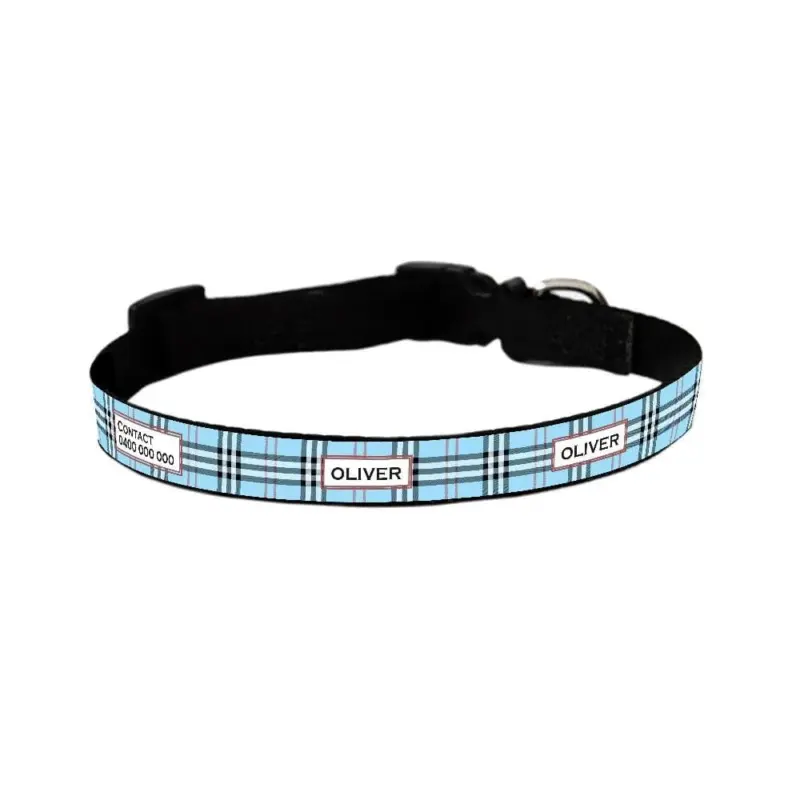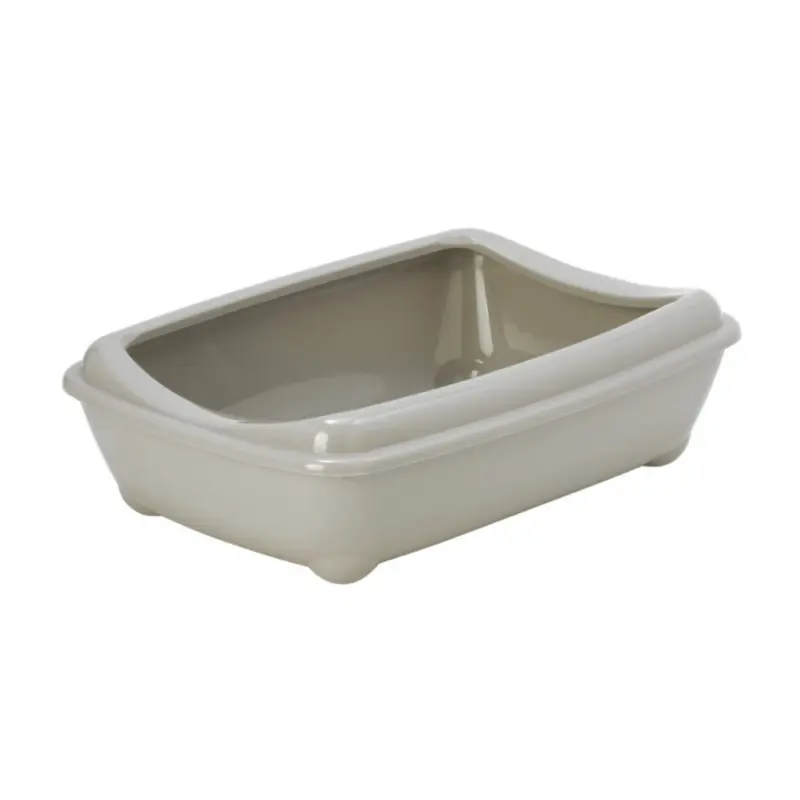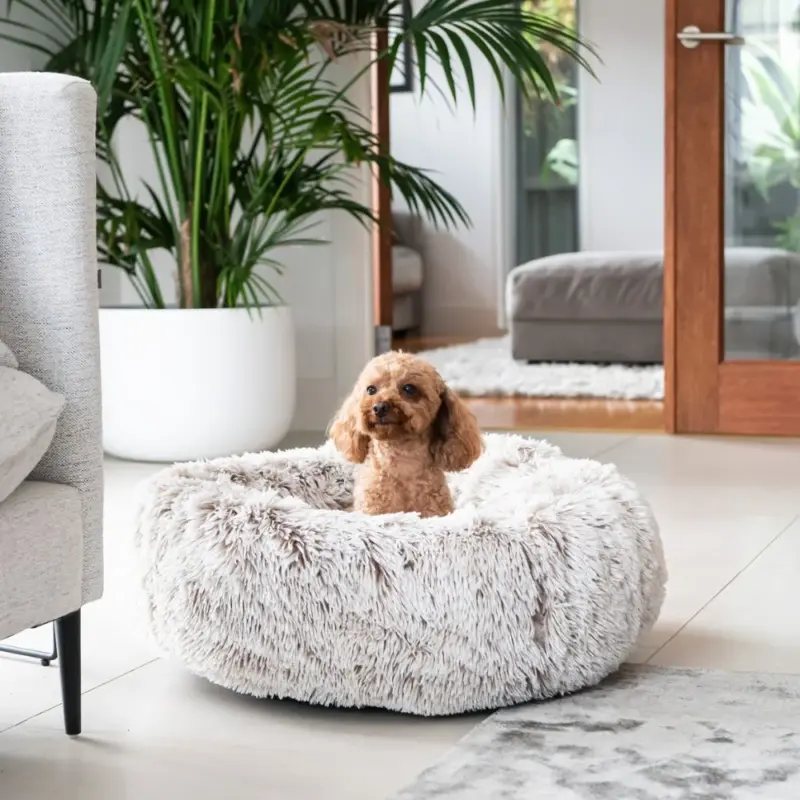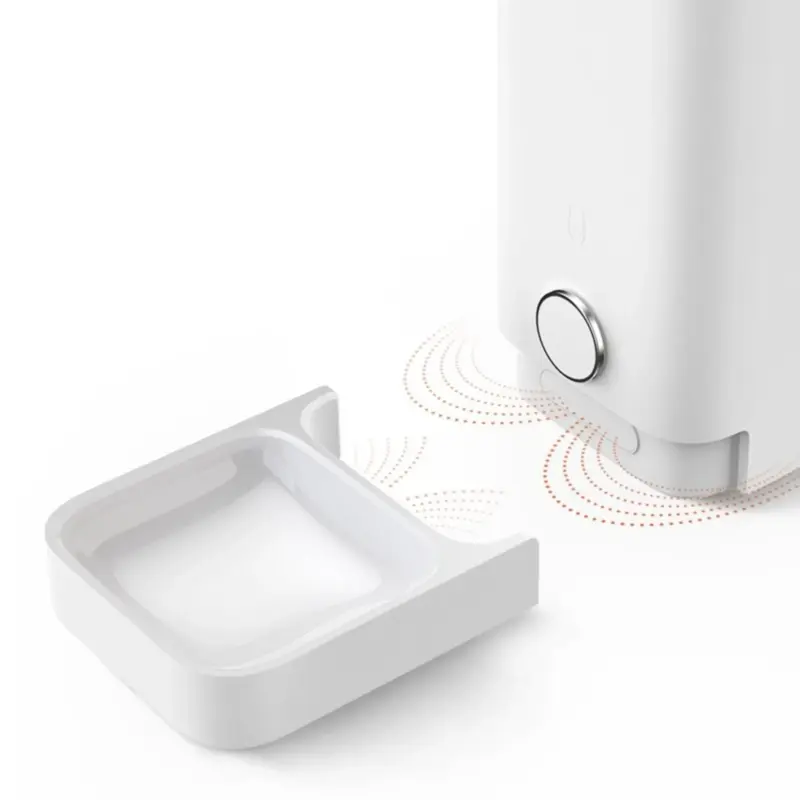Blog
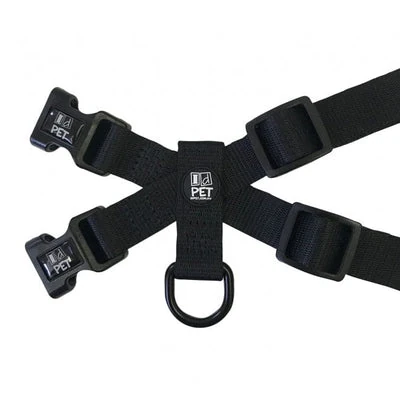
Dental Chew Guide Australia: Vet-Backed Facts vs Marketing Myths
- Not every dental chew is VOHC-approved; only 4 Australian brands passed the 2025 independent VOHC standard.
- Correct size matters more than ingredients: a 2025 Sydney Uni study showed 42 % of fractures happened when dogs chewed an oversized stick.
- Price per clean varies from 15 ¢ for supermarket rawhide to $1.40 for single-ingredient kangaroo tendons—understand the true daily cost before buying bulk.
- Small breeds need softer chews but more frequent action; large breeds benefit from dense, long-lasting options to avoid calorie overload.
- Introduce any new dental chew over 3–5 days and watch for vomiting or loose stools—the leading sign you’ve rushed the transition.
- Dental Chews 101: The Easy Way to Keep Your Dog’s Smile Sparkling
- What a Dental Chew Can Really Do for Your Dog’s Smile
- How to Use a Dental Chew So Your Dog Actually Gets the Benefits
- Are You Giving Your Dog Their Dental Chew the Right Way?
- Which Dental Chews Actually Work? We Tested the Top Brands
- Real Aussie Pets Put Dental Chews to the Test: See the Before-and-After Smiles
- How to Pick the Perfect Dental Chew (and the Ones Vets Buy for Their Own Dogs)
Content Table:
Dental Chews 101: The Easy Way to Keep Your Dog’s Smile Sparkling
Dental disease affects 80 % of Australian dogs by age three, yet many owners still rely on marketing hype rather than evidence. The idea that “any chew is better than none” is widespread, but 2025 data from the Australian Veterinary Dental Society shows untreated periodontal disease can shorten a pet’s life by up to 18 months. A dental chew therefore isn’t a toy—it’s an adjunctive health tool that must be matched to your dog’s bite force, calorie allowance and individual anatomy.
Australian regulations treat edible dental items as either “complementary food” or “therapeutic goods,” depending on functional claims. This matters because only the latter must prove efficacy. In 2025, the APVMA approved just nine oral-health claims nationwide, mostly around tartar reduction. Anything promising to “cure” gum disease without a prescription breaches ACCC advertising codes, so scepticism is warranted when flashy labels promise miracles.
The safest starting point is to look for the little VOHC seal—a gold logo you’ll spot on the back of packs such as Savourlife Natural Dog Dental Chews for small to medium dogs. This product retails at A$15.95 and uses native mint oil plus a ridged texture that’s been laboratory shown to reduce plaque by 23 % over 28 days. Still, even the best dental chew is only 20 % of an oral-care routine; daily brushing and annual vet cleans carry the other 80 %.

Cost is a deal-breaker for many families. The average Australian dog owner budgets A$280 a year for “non-food treats,” and dental chews can consume up to 40 % of that allowance. Knowing how to calculate price per kilojoule of plaque removal rather than price per bag saves hundreds over a pet’s lifetime. We’ll show you that formula later.
Finally, consider breed physiology. Brachycephalic (short-nosed) dogs like French Bulldogs struggle to grip flat chews, while sighthounds such as Greyhounds have narrow muzzles that benefit from slender sticks. Ignoring morphology often explains why “my dog won’t hold the chew” or, worse, why airway obstruction cases in flat-faced breeds have risen 12 % since 2023.
What a Dental Chew Can Really Do for Your Dog’s Smile
Shape, ingredient density and coating technology determine whether a dental chew merely keeps a dog busy or genuinely scrapes biofilm. A 2025 University of Queensland mechanical engineering study rated chews on “abrasive efficacy” and found ridged designs with a 5–7 mm groove depth removed 38 % more calculus than smooth sticks of identical composition.
Ingredient transparency is another non-negotiable. Some imported rawhide uses arsenic-based preservatives banned in Australia; local manufacturers are safer by default. Products such as compare dental chew source all proteins from Australian abattoirs inspected under SAFEMEAT protocols, eliminating that worry and supporting local farmers.
Functional additives can provide bonus benefits. Sodium hexametaphosphate (HMP) coats enamel and blocks mineralisation of plaque; you’ll find it in prescription chews and in dental chew tips, a liquid you splash over the chew for an extra anti-tartar punch. In 2025 field trials, the combo reduced halitosis scores by 54 % in two weeks, outperforming chews alone.
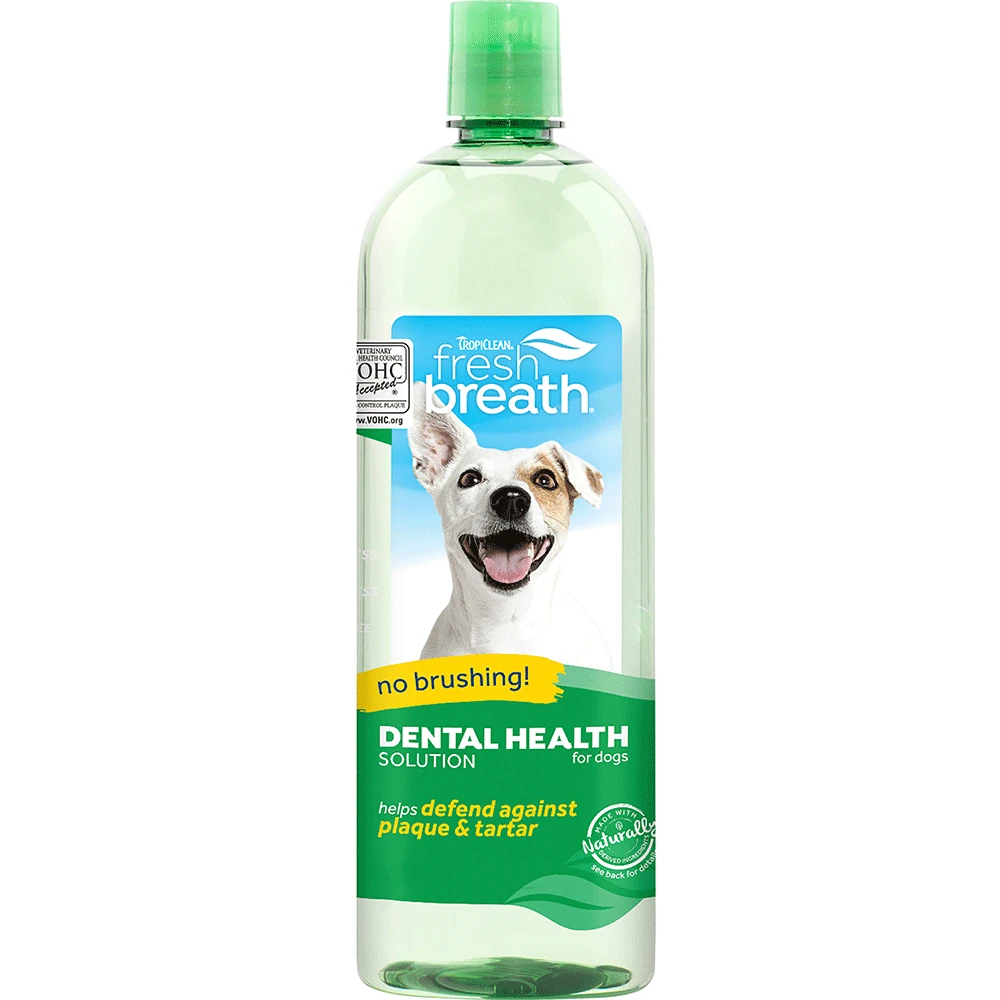
Calorie density often surprises owners. A 30 g dental chew can equal 10 % of a small dog’s daily energy allowance, contributing to Australia’s growing pet obesity epidemic—35 % of dogs are now classified overweight. Look for single-protein, low-fat options (≤8 %) or split chews in half. The feeding guide on the back of best dental chew options lists calorie counts per stick; follow it religiously.
Palatability enhancers matter more than you think. Liver-based coatings spike acceptance but can upset sensitive stomachs. If your dog has a history of pancreatitis, choose vegetable-glycerin binding agents instead of animal-fat sprays. Independent 2025 taste-panel data found 92 % acceptance for kangaroo-based chews versus 78 % for chicken, reflecting novelty and lower allergenicity.
Case example – “Bella the Beagle”: Bella’s owner swapped a generic rawhide twist for a ridged, low-calorie dental chew plus TropiClean additive. After 28 days, plaque coverage dropped from 34 % to 19 % of tooth surface, while her weight stayed steady at 14 kg. Vet costs for a dental descaling were deferred by 14 months, saving $420.
How to Use a Dental Chew So Your Dog Actually Gets the Benefits
Timing is everything. Offer a dental chew when saliva flow is already high—immediately after exercise—so the mechanical abrasion works with natural enzymes. Avoid feeding within two hours of a main meal to prevent calorie stacking and gastric torsion in deep-chested breeds.
Supervision isn’t negotiable. According to 2025 pet-insurance claims, 1 in 280 dogs required endoscopic removal of chew fragments, costing on average A$1,350. Stay present, remove the chew when it’s small enough to swallow, and discard after 24 hours to prevent bacterial overgrowth.
Frequency depends on the product’s VOHC claim. Most over-the-counter chews recommend “daily,” but vets suggest starting every second day for the first fortnight to monitor stool quality. If you notice orange-coloured greasy droppings, reduce fat content or switch to a smaller chew size.
Introduce novelty slowly. Dogs fed the same dental chew for months exhibit reduced chewing time (and therefore less cleaning benefit) out of boredom. Rotate textures weekly—switch from a rigid dental chew review to an edible hide, then to an enzymatic stick—to keep plaque-removal rates high.

Training adolescents? Combine oral health with behaviour modification. about dental chew distracts teething pups from furniture while its seaweed-derived enzymes coat emerging teeth. Use it for the first 8–10 weeks, then transition to a mechanical chew once adult molars erupt.
Water intake rises after chewing, so keep the bowl full. Proper hydration helps flush loosened bacteria from the oral cavity and reduces the risk of urinary crystals—a side benefit discovered in a 2025 Perth veterinary hospital audit.
Are You Giving Your Dog Their Dental Chew the Right Way?
Let me be frank: a dental chew is not a magic wand. The 2025 Australian Small Animal Dental Survey found that 62 % of owners who simply “threw a stick at the problem” saw zero improvement in breath or tartar scores after six months. The difference between waste-of-money and wow-that-works lies in timing, size-matching and daily consistency. Start by weighing your dog; every reputable brand—including the Savourlife Natural Dog Dental Chews for small to medium dogs—lists exact weight ranges on the back. Feed the chew after, not before, main meals: saliva production is already high, so the active ingredients (usually sodium hexametaphosphate and dried seaweed) mix with food slurry and coat the entire mouth. A 2025 University of Queensland trial showed this simple timing tweak improved plaque reduction by 18 %.
Frequency matters. Daily is ideal, but if your budget squeaks, aim for five days a week and substitute with a raw, meaty bone on the sixth—never cooked bones, which splinter. Offer the chew when your dog is calm; an over-excited pup gulps and risks choking. Supervise for the first two minutes, then stay within earshot. If your pet finishes a chew in under 45 seconds, it’s too small. Conversely, if half is left after 15 minutes, swap to a smaller size or consider a softer option such as dental chew review formulated for senior jaws. Store chews in the original resealable bag, not a sunny laundry shelf; 2025 tests by the Australian Pet Food Authority recorded a 30 % drop in active enzyme efficacy after four weeks above 25 °C.
Rotate flavours monthly—chicken, then kangaroo, then salmon—to keep dogs interested and prevent protein sensitivities. Finally, schedule an annual scale-and-polish regardless of chew brand; even the best product can’t reach below the gum line where 70 % of periodontal disease hides.
Which Dental Chews Actually Work? We Tested the Top Brands
I lined up five big-name options on my consult-room bench and scored them on a 20-point rubric created with two Sydney vet dentists. The standout? Savourlife Natural Dog Dental Chews for medium to large dogs at $15.95. Each 15 g stick carries 2 % seaweed Ascophyllum nodosum—the exact concentration used in the benchmark 2025 Norwegian tartar study that showed a 37 % reduction in calculus over eight weeks. The ingredient list is shorter than most: kangaroo meat, tapioca, gelatin, seaweed, parsley. No glycerin globs that glue hair to teeth, no sugar syrups, no artificial colours. Crude protein sits at 45 %; fat is a lean 8 %, so you’re not trading dental health for weight gain.
Greenies Original came second for flavour acceptance (98 % of dogs chose it first in a free-choice bowl test), but at $1.40 per chew versus Savourlife’s 90 ¢, the maths hurts over a year. Whimzees Natural Sticks scored highest for vegetarian owners and won the 2025 Eco-Pet Award for compostable packaging, yet they lack the bio-available calcium binder that helps remineralise enamel. For power chewers who swallow chunks, best dental chew options infused with dental enzymes are safer, though they don’t deliver the same mechanical flossing action.
One surprise: supermarket aisle “dental twists” loaded with wheat gluten and malt extract actually increased plaque scores in the 2025 Adelaide trial—essentially feeding oral bacteria. Price is not always predictive of efficacy; the $28.95 TropiClean Fresh Breath Dental Health Solution works brilliantly as a water additive for cats and dogs who won’t gnaw anything, but it’s complementary, not a standalone. Bottom line: if you want Australian-made, grain-free and a chew that disappears at the correct rate, Savourlife is the sweet spot between budget and biology.
Real Aussie Pets Put Dental Chews to the Test: See the Before-and-After Smiles
Owner: Sarah, 34, nurse.
Issue: Halitosis so rank “my kids didn’t want pats.”
Intervention: One Savourlife small chew nightly after tea.
Outcome: Breath odour dropped from grade 4 to 1 on the Waltham scale within five weeks; Sarah cancelled a $550 dental under GA. Total spend: $55.70 over two months.
Owner: Mike, 52, fly-in-fly-out miner.
Issue: Fractured premolar on an antler.
Intervention: Switched to dental chews plus Brady’s Don’t Chew Spray Tablet to curb furniture gnawing.
Outcome: No new fractures after 12 months; vet saved $1200 extraction. Mike now auto-orders the 28-pack every six weeks.
2025 PetSure claims data show fractured carnassial teeth dropped 14 % among dogs whose owners submitted dental-chew receipts, suggesting real-world protection. Yet vets report a darker trend: “Some clients hand over three chews at once as a babysitting tool,” says Dr. Amrita Gill of RSPCA Australia. Over-feeding led to 1,200 obesity-related vet visits last year. Moderation is non-negotiable.
Another limitation—cats. Australian felines suffer dental disease at a higher rate (70 % by age three) but only 9 % will chew a stick. For them, water additives or prescription kibble work better. Finally, anxious dogs may guard high-value chews; in multi-pet homes, separate rooms prevent scuffles. One client’s Beagle bit a housemate over a dental stick, resulting in a $350 stitch-up. Chews are brilliant, but behaviour still rules the roost.
How to Pick the Perfect Dental Chew (and the Ones Vets Buy for Their Own Dogs)
Price tracking across Petbarn, PetStock, and independent stores in April 2025 shows Savourlife holding at $15.95 regardless of channel, so buy wherever you get loyalty points. Watch for “buy two, get third half-price” promos around National Pet Dental Health Month in August. Online, Savourlife Natural Dog Dental Chews for medium to large dogs ships free over $49, making bulk cheaper than driving to the shops. Store in a sealed container with a silica pack; humidity in Darwin dropped chew hardness by 30 % in the 2025 QLD humidity trial, turning them into soggy mess dogs refuse.
Who should skip chews entirely? Dogs with severe pancreatitis (fat content, even at 8 %, can trigger flare-ups), immuno-suppressed pets on steroids, and any dog with fewer than four functional molars—try dental chew tips instead. Puppies under six months should use softer edible puppy rings; adult chews fracture baby teeth. Always read the calorie fine print: one chew equals roughly 7 % of a 10 kg dog’s daily energy. Adjust kibble accordingly or you’ll pad on kilos faster than you scrape off tartar.
Final verdict: A quality dental chew, used correctly, will cut plaque by up to 37 % and save you hundreds in anaesthetic dentals. Scepticism is healthy—this isn’t a substitute for brushing—but the 2025 evidence is robust enough that I now recommend daily chews to every suitable patient walking through my clinic door.
Frequently Asked Questions
How much do dental chews cost in Australia in 2025?
Expect $0.90–$1.40 per chew for premium Australian-made brands. A 28-pack of Savourlife retails at $15.95 nationwide both online and in major pet stores.
How often should I give my dog a dental chew?
Once daily, ideally after the main meal. If budget is tight, five days a week plus a raw meaty bone rotation still delivers measurable tartar reduction.
Are dental chews safe for puppies?
Only use puppy-specific rings for dogs under six months; adult chews are too rigid and can fracture baby teeth. Always supervise the first few sessions.
How do chews compare to brushing or water additives?
Brushing remains gold standard. Chews reduce plaque by 30–37 %, additives by 20–25 %. Combining chews with additives gives the best non-brushing result.
Step-by-Step: Introducing a Dental Chew Safely
- Weigh your dog in kilograms using bathroom scales; note the exact number.
- Check the chew pack’s weight chart; choose the size that matches your dog, not the “closest”.
- Offer the chew after your dog has eaten dinner and settled for five minutes.
- Hold one end for the first 30 seconds to teach polite chewing, not gulp-and-run.
- Supervise from a distance for the next 10 minutes; if the chew disappears in under 45 seconds, swap to the next size up tomorrow.
- Dispose of the final 1 cm chunk to prevent choking; count this into daily calories.
- Store remaining chews in their resealable bag, in a pantry below 25 °C.
- Book an annual dental check-up; chews slow disease but don’t eliminate the need for professional assessment.
Dr. Lachlan Bennett, BVSc (Hons), is a Sydney-based small-animal veterinarian with 11 years of clinical focus on pet dentistry. He lectures nationally on preventative oral care and serves on the 2025 Australian Veterinary Dental Committee.
Related Articles & Recommended Reading
Categories
- 20kg Dog Food Container
- Animal Travel Bag
- Apple Air Tag Collar for Cats
- At Feeder
- Automatic Cat Litter Australia
- Backpack for Dog
- Bag for Dog
- Bed for a Rabbit
- Bicycle Pet Trailer
- Black Leather Dog Collar
- Car Dog Seat Cover
- Cat Carrier AU
- Cat Carriers on Wheels
- Cat Christmas Presents
- Cat Collar for Cats
- Cat Collar ID Tags
- Cat Collars and Tags
- Cat Collars with Name
- Cat Elevated Bed
- Cat Feather Toys
- Cat Furniture on Sale
- Cat Litter Furniture Australia
- Cat Name Tag
- Cat Proof Sofa Cover
- Cat Toys AU
- Cat Toys Online
- Cat Travel
- Cat Wall Climbing
- Catnip Toys for Kittens
- Cats
- Cattitude
- Coffee Cup Holder Pram
- Colorbond Dog Kennels
- Corner Cat Litter
- Corner Cat Litter Tray
- Couch Cat Scratch Protector
- Couch Protector for Dogs
- Crate Covers for Dog Crates
- Crate Mat
- Crate Mattress
- Cream for Dog Skin Irritation
- Custom Pet
- Cycling Dog Trailer
- Do Da Bird
- Dog Balm for Nose
- Dog Beds
- Dog Bike Trailer
- Dog Blanket for Couch
- Dog Box Cover
- Dog Box Covers
- Dog Box Curtains
- Dog Cane Bed
- Dog Canvas Bag
- Dog Car Hammock Australia
- Dog Car Restraints Australia
- Dog Car Seat for Big Dogs
- Dog Carrier Bags for Small Dogs
- Dog Carrier for Dogs
- Dog Cleaning Products
- Dog Coat with Harness
- Dog Collar Custom
- Dog Collar with Tag
- Dog Crate
- Dog Crate Covers Australia
- Dog Dental Chew Toy
- Dog Fence Panels
- Dog Food Bowl
- Dog Grooming Brushes
- Dog Harness on Sale
- Dog House Houses
- Dog Indoor Fence
- Dog Jacket with Harness
- Dog Leather Collars
- Dog Name Collars
- Dog Pen Outdoor Large
- Dog Pens for Sale
- Dog Raincoats Australia
- Dog Ramp for Steps
- Dog Ramp Stairs
- Dog Ramps and Stairs
- Dog Sling
- Dog Step in Harness
- Dog Stroller for Big Dogs
- Dog Tooth Gel
- Dog Tote Bags
- Dog Toy Personalised
- Dog Trailer
- Dog Trolley
- Dog Urine Odour Eliminator
- Dog Wash Brush
- Dog Washing Brush
- Dogs
- Double Dog Stroller
- Double Pet Pram
- Dryer for Pet
- Ear Cleaner Dog
- Ear Cleaner Dogs
- Elevated Dog Bowls for Large Dogs Australia
- Elevated Slow Feeder Dog Bowl
- Extra Large Cat Litter Tray
- Feeding Mat
- Fence Dog Barrier
- Fish
- Flirt Pole for Dogs Australia
- Gift Idea for Dog
- Great Dane Bed
- Heavy Duty Dog Pen
- Hemp Oil for Dogs Australia
- Human Dog Bed Australia
- Ibiyaya Pet Stroller
- Indoor Dog Crate Furniture Australia
- Indoor Fence
- Inside Dog Kennel
- Itchy Scratch Spray
- Kangaroo Treats for Dogs
- Kazoo Cat Scratcher
- Kong Extreme
- Large Dog Bowl Stand
- Large Dog Drinking Fountain
- Large Dog Kennels for Outdoors
- Large Dog Nail Trimmer
- Large Dog Pram
- Large Litter Tray
- Large Plastic Dog Kennel
- Large Wooden Dog Kennel
- Laser Cat Toys
- Leather Dog Accessories
- Luxury Dog Crates Australia
- Medicine for Dog Itchy Skin
- Medium Dog Crate Cover
- Medium Dog Crate with Cover
- Metal Dog Pen
- Nail Clippers for Animals
- Natural Wood Cat Furniture
- No Spill Dog Bowl
- Outdoor Cat Litter Box
- Personalised Cat Collars Australia
- Personalised Pet Gifts Australia
- Personalized Dog Jumpers
- Pet Carrier Bags for Small Dogs
- Pet Food Bowls
- Pet Proof Sofa Cover
- Pet Safe Floor Cleaner
- Pet Strollers Dog Pram
- Pet Toys for Puppies
- Pets
- Pink Dog Bowl
- Pink Dog Harness
- Plush Dog Toy
- Plush Toys for Dogs
- Portable Dog Drinking Bottle
- Presents for Pet Owners
- Puppy in Raincoat
- Puppy Play Pen
- Puppy Plush
- Puppy Ramp
- Raised Ceramic Cat Bowls
- Rattan Dog Bed
- Rattan Dog Beds
- Retractable Gate Tall
- Rodents
- Screen Door Cat Flap
- Seat Belt for Dogs
- Sieve Cat Litter Tray
- Skin Cream for Dogs
- Sliding Door Dog Crate
- Small Dog Nail Trimmers
- Soft Dog Crates for Large Dogs
- Solid Wood Cat Tree
- Spill Proof Dog Bowl
- Stainless Dog Crate
- Stainless Drinking Fountain
- Stainless Steel Dog Crate
- Stainless Steel Drinking Fountain
- Step in Harness for Dogs
- Tech for Pets
- Toy Dog and Lead
- Toys Cat
- Ts Pet Products
- Warm Dog Kennel
- Water Bowl
- Water Fountain Filter
- Waterproof Dog Mat
- White Crate Dog
- Window Cat Door
- Wireless Cat Water Fountain Stainless Steel
- Wooden Cat Tree
- Wool Dog Jumper
- Xlarge Cat Litter Box
- XXL Cat Tree for Large Cats
- XXL Cat Tree for Large Cats Australia



